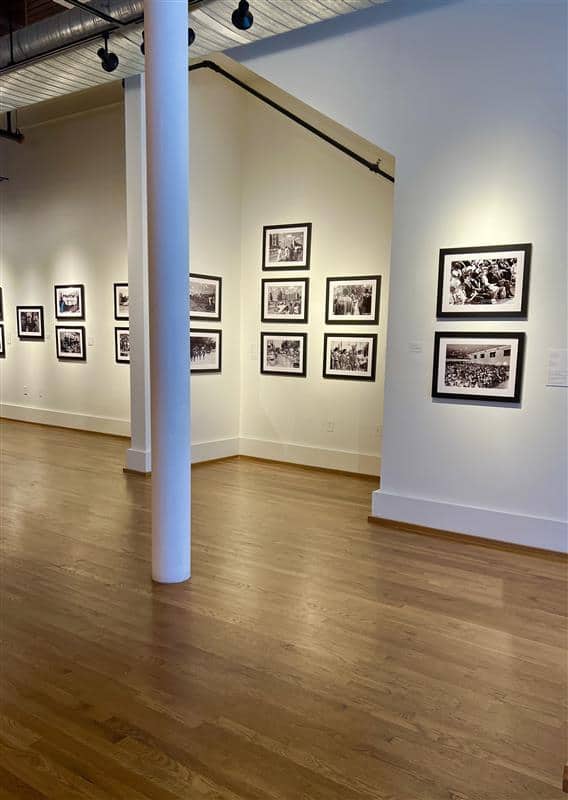“May 1970: The Gibbs-Green Tragedy” at Jackson State College exhibition is a collection of photographs taken by Doris Derby. Derby was an activist during the 1970s and captured historical events through photography. The photos in this exhibit showcase the events that happened in the days after the tragedy.
In May 1970, a series of protests took place at Jackson State College in Jackson, Mississippi; these protests were in response to ongoing violence inflicted on Black students by white community members. However, on the night of May 14, there weren’t any protests taking place.
After responding to an incident earlier that night, city police came onto campus and opened fire on a girl’s dormitory unprovoked. This ended with two men being killed: Phillip Gibbs, who was married with two children, and James Earl Green, who was just a senior in a nearby high school. No one was ever charged or held accountable for the killing of Gibbs and Green.
Emily Bibb is the curator at the Paul R. Jones Museum and has been working there for 11 years. She said the exhibit’s purpose is to further the knowledge of this tragedy and to give people the chance to appreciate Derby’s work.
“There’s, I think, a real sort of mental acceptance that if you see a photograph, that’s something that’s real, it’s something that is authentic and it really took place,” Bibb said.
Daniel White, the director of the Paul R. Jones Museum, agreed with this. “I think any difficult topic is more understandable if there are accompanying images. That is also the very foundation of documentary photography, to tell stories visually from a camera lens. That is what this show is of Dr. Doris Derby’s photographs, a documentation of what happened and the aftermath. I think it is important to mention that this black and white photography was reflective of its era,” White wrote in an email. “This show was selected with UA students in mind. They were your age, taking classes, and just being a college student. Working towards being successful in their classes and hopeful for a better future. In the course of 30 seconds on May 14, 1970, all that changed.”
Bibb said the photos have an innate way of making the audience feel what was going on in the picture.
Robert Luckett is the director of the Margaret Walker Center at Jackson State College. He said the center has been responsible for helping to keep the memory of the Gibbs-Green tragedy.
“It really is a powerful story and reminder of the history of police brutality, particularly aimed at Black communities in America, and so there are lessons here for students,” Luckett said in an Instagram post made with The Crimson White.
Brookelyn Lake is a sophomore majoring in human development and family studies at the University and was at the exhibit Monday. She said that seeing the heartfelt emotions of the people in the photos was shocking and somewhat saddening.
“I didn’t know anything about what had happened until coming here [the Paul R. Jones Muesum]. It’s kind of crazy seeing all of this,” Lake said.
The exhibition will be up until Sept. 29.









